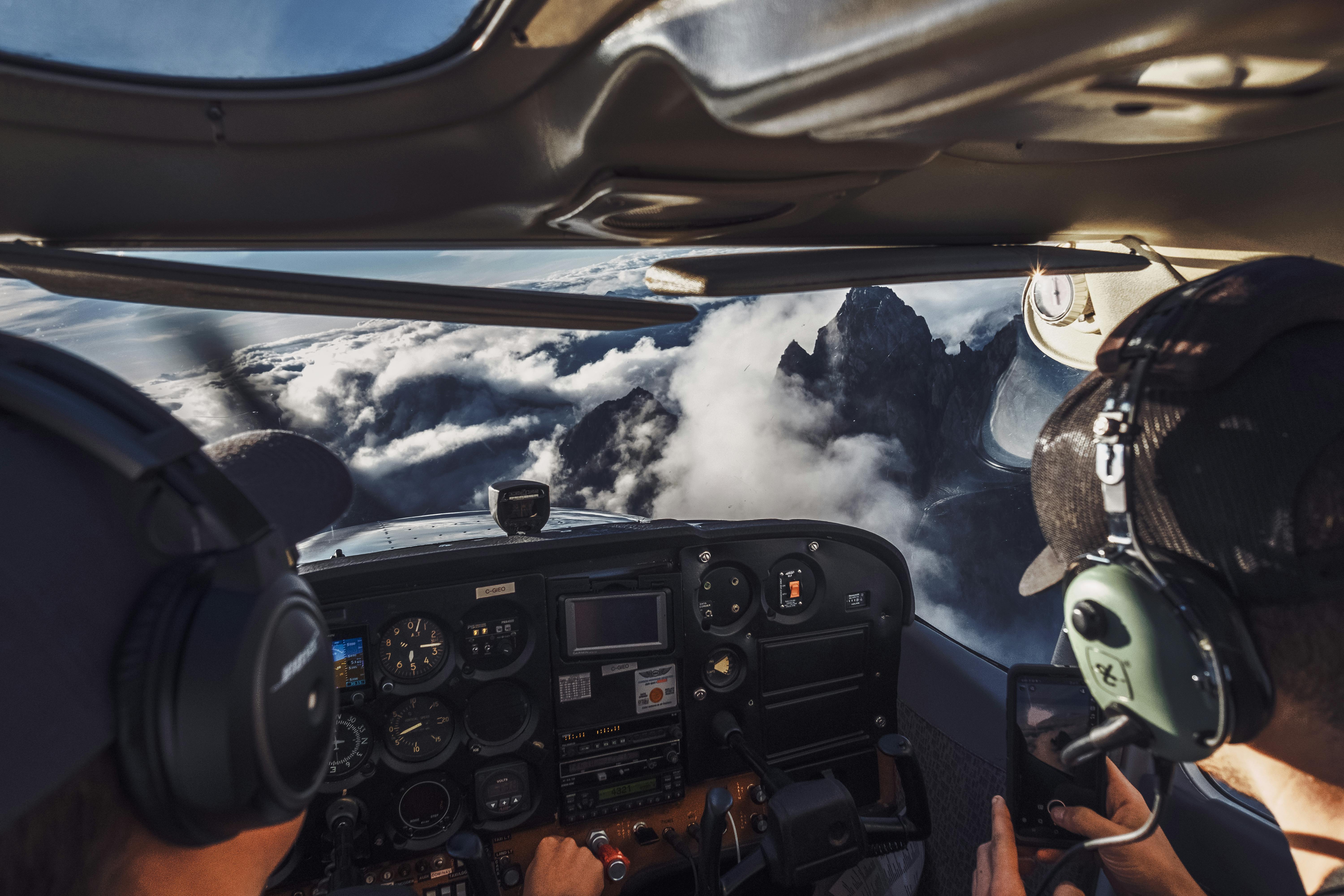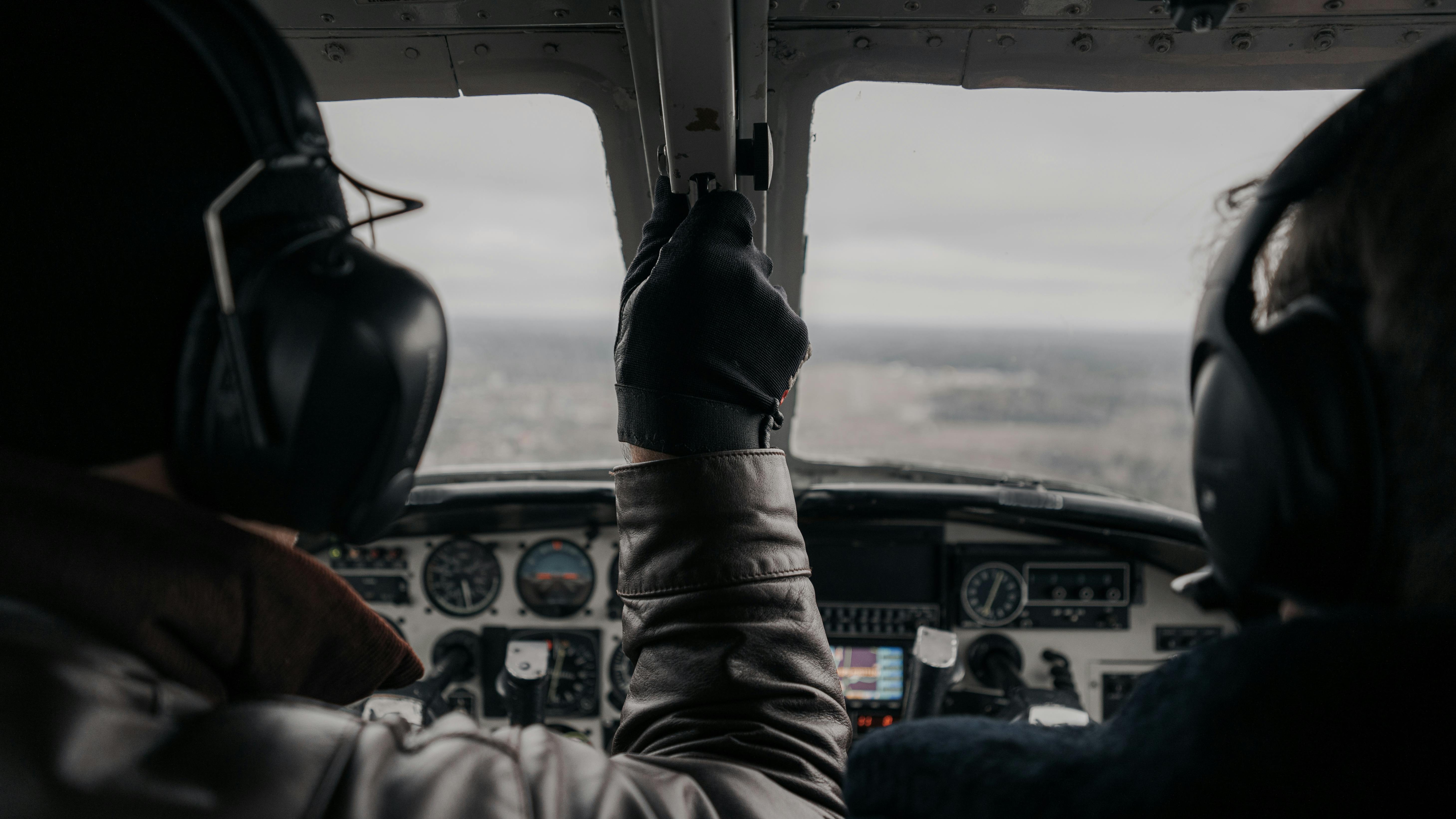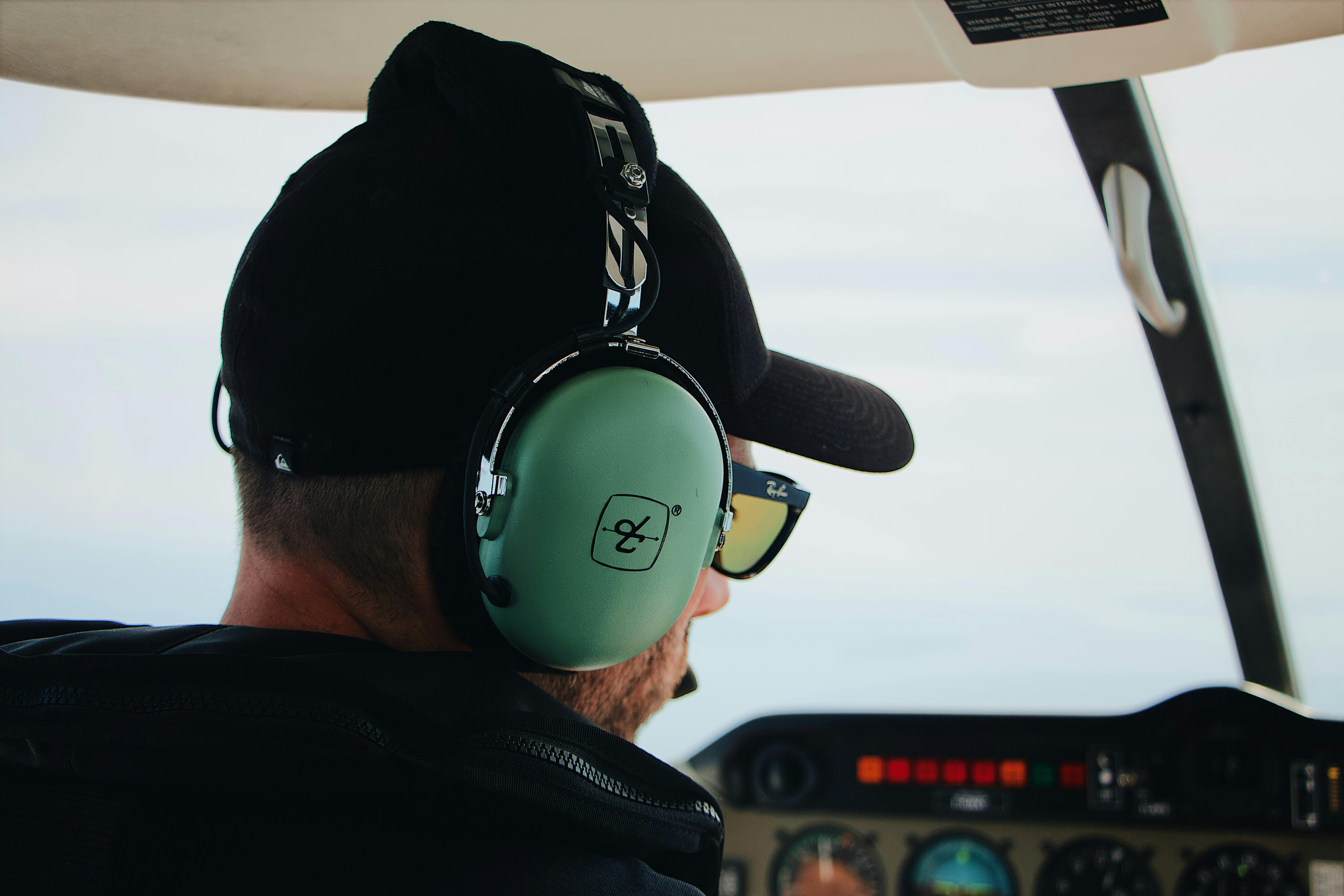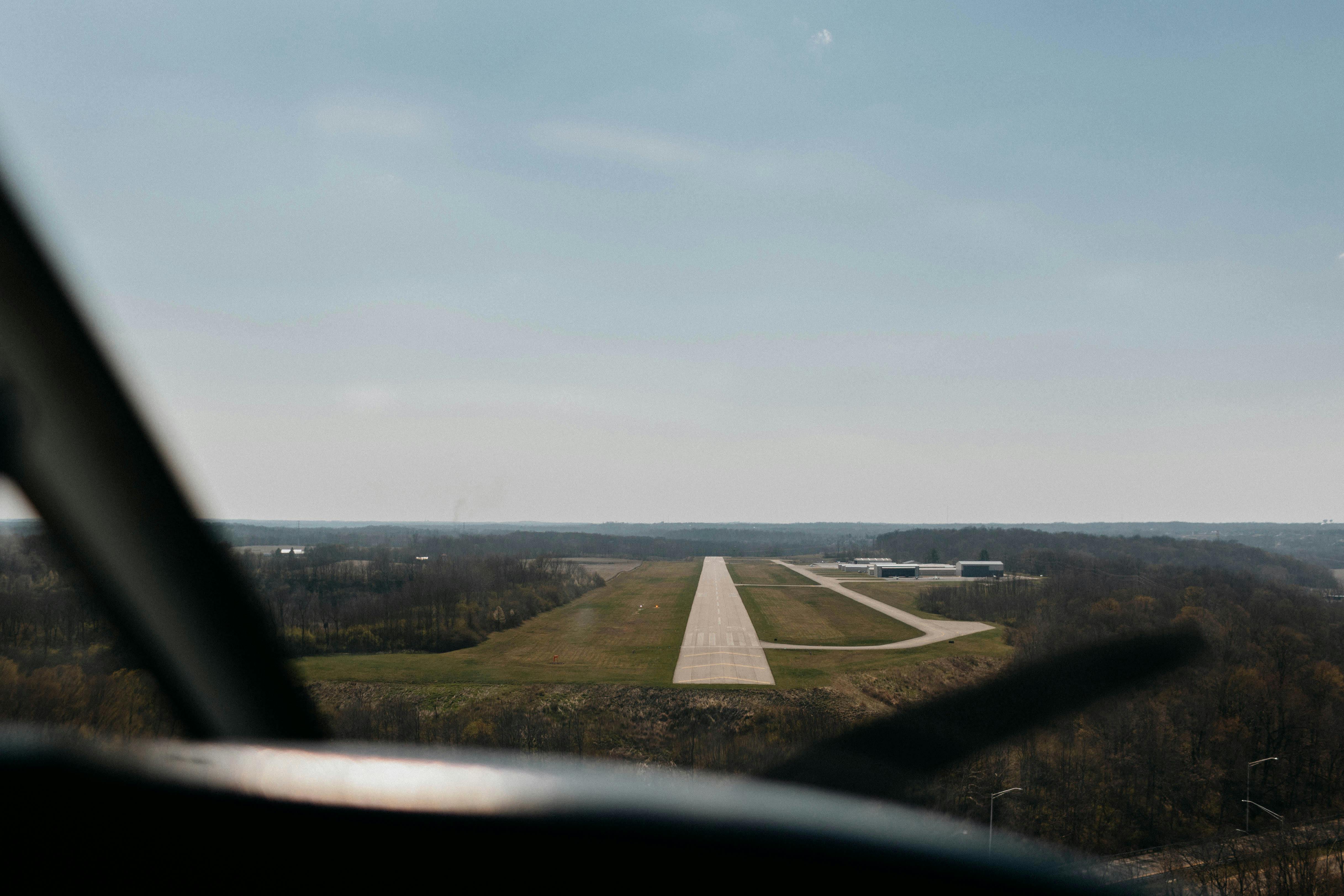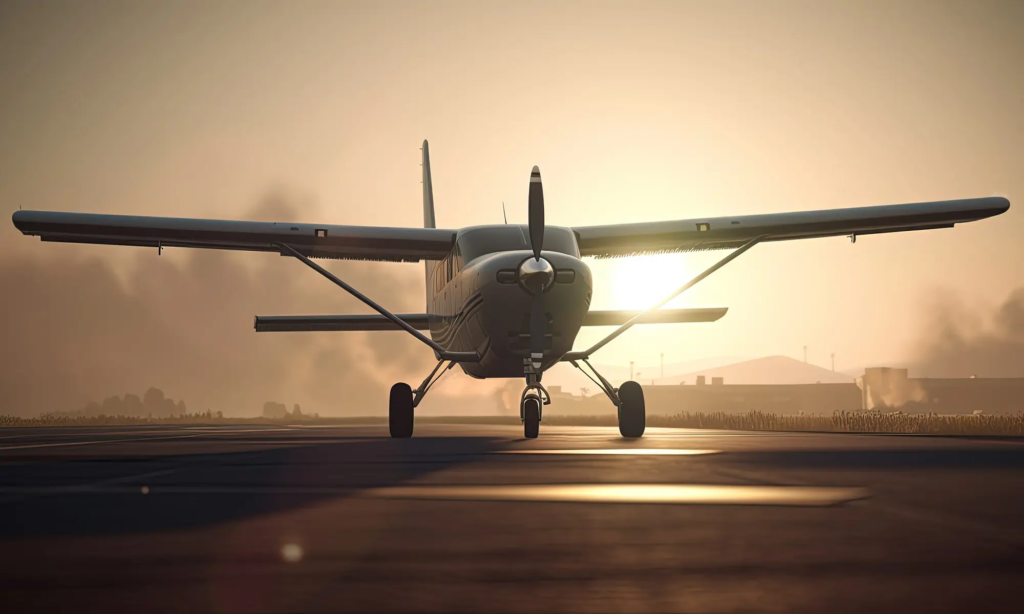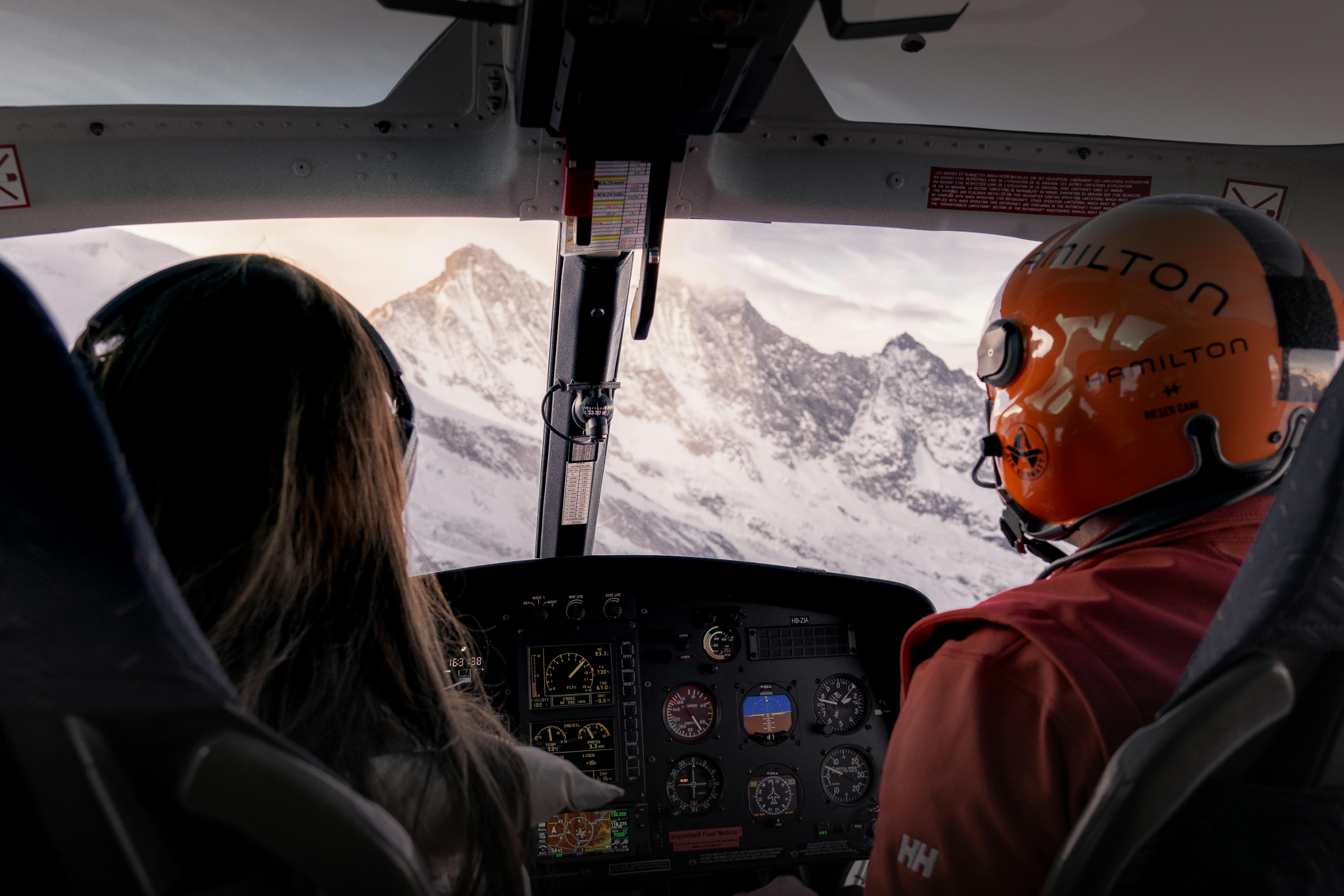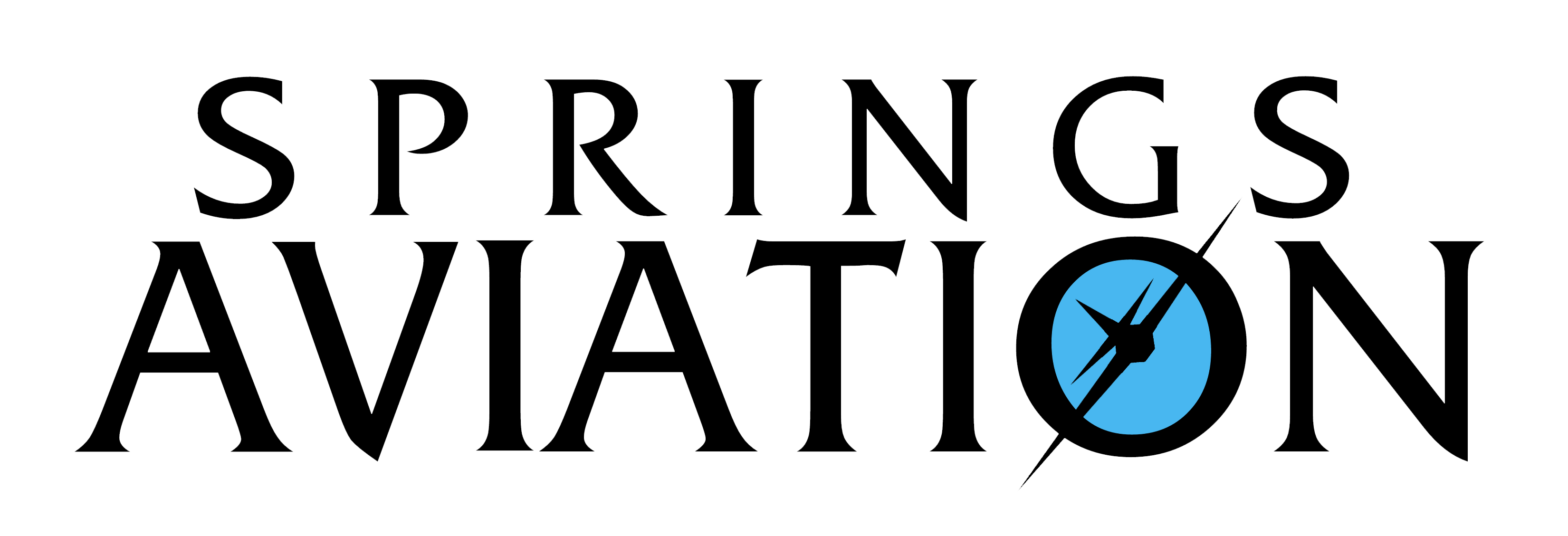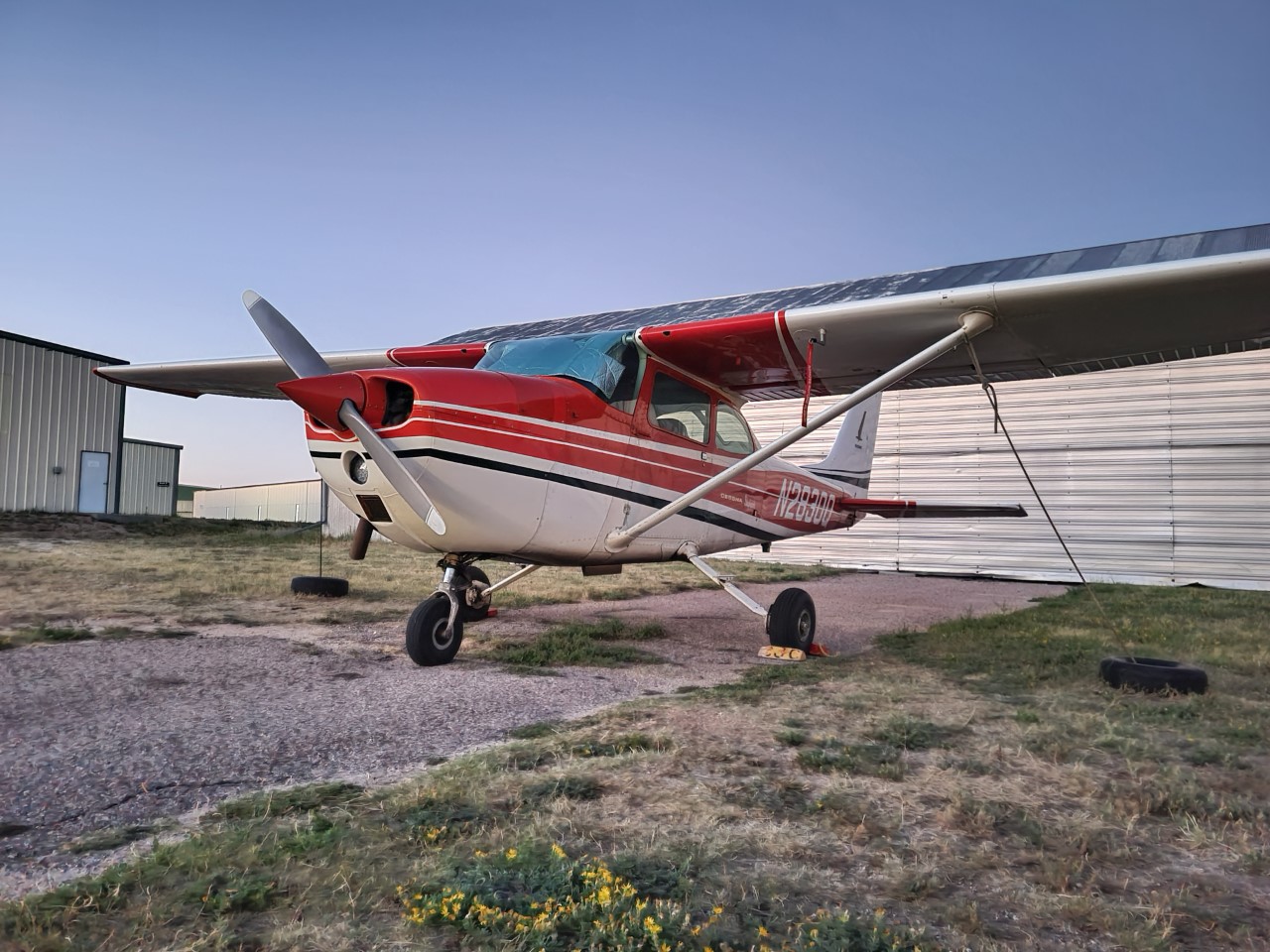
Become a Private Pilot
As an FAA Certificated Private Pilot, you gain the freedom to fly on your terms. Unlike a sport pilot, you are not limited by a 10,000-foot ceiling, can fly anywhere, and have the flexibility to operate at night and carry multiple passengers. This certification allows you to explore a wide range of destinations and bring along friends and family, all while enjoying the autonomy to fly whenever and wherever you choose.
- With your private pilot rating, you’ll fly under Visual Flight Rules (VFR), which permits navigation and operation in clear weather conditions while maintaining visual awareness of the aircraft’s surroundings and other aircraft.
- Training includes both in-flight and ground instruction. While individual ground training with an instructor is available, we recommend enrolling in Springs Aviation’s comprehensive Private Pilot Ground School for cost efficiency.
- For those transitioning from rotor wing to fixed wing, Springs Aviation offers specialized training to ensure a smooth shift. Our experienced instructors will guide you through the differences, ensuring a safe and effective transition from helicopter to Cessna.
